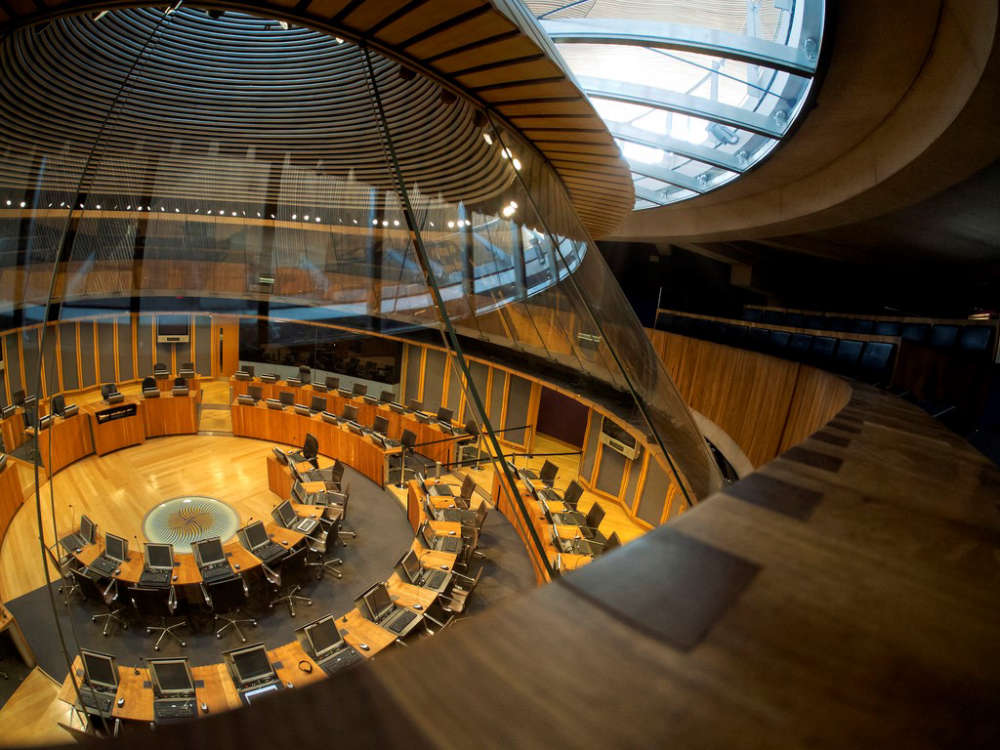
Plans to create 16 "super constituencies" for the next Senedd election in 2026 have been unveiled.
The Democracy and Boundary Commission Cymru published initial proposals to redraw Wales' political map, replacing the current 40 constituencies and five regions.
In 2026, the Senedd will expand from 60 to 96 members and adopt a new electoral system, with the 32 constituencies used in July's Westminster general election paired to create 16.
The boundary commission has proposed the following constituencies which would each be represented by six Senedd members:
- Bangor Aberconwy Ynys Môn
- Clwyd
- Alyn, Deeside and Wrexham
- Dwyfor Meirionnydd, Montgomeryshire and Glyndŵr
- Ceredigion and Pembrokeshire
- Carmarthenshire
- Swansea West and Gower
- Brecon, Radnor, Neath and Swansea East
- Aberafan Maesteg, Rhondda and Ogmore
- Merthyr Tydfil, Aberdare and Pontypridd
- Blaenau Gwent, Rhymney and Caerphilly
- Monmouthshire and Torfaen
- Newport and Islwyn
- Cardiff East and North
- Cardiff West, South and Penarth
- Vale of Glamorgan and Bridgend
Dwyfor Meirionnydd, Montgomeryshire and Glyndŵr would stretch from the coast to the border, with the commission saying such a large constituency is not ideal but the best option.
Consultation
In the full 51-page report, the commission sets out the criteria for the 2026 boundary review, including local ties, shared history, the Welsh language and socio-economic considerations.
Ynys Môn and Dwyfor Meirionnydd, for example, was not considered viable because it is not possible to travel by road from one to the other without entering Bangor Aberconwy.
A four-week consultation has opened seeking people's views on the initial proposals, with suggestions for different pairings and constituency names welcomed.
Following the initial consultation, which ends on September 30th, the independent commission will publish revised proposals in December.
Then a second four-week consultation will follow in January, with a final decision expected to be published in March 2025 ahead of the next Senedd election in May 2026.
A further review will be held after the election, with the commission given more leeway to formulate constituencies which could vary in number of voters by as much as 20%.
'Jigsaw'
Shereen Williams, chief executive of the Democracy and Boundary Commission Cymru, said: "The commission is confident our initial proposals represent a very good first step."
"But we know from experience that these processes are always strengthened when we hear from the public."
"So we strongly encourage everyone to share their views with us, whether they support or oppose the proposals, so we can further strengthen the map ahead of the next election."
Speaking on the Hiraeth podcast about Welsh politics, Ms Williams described the review as a jigsaw, with the commission tasked with ensuring all the pieces fit and make sense.
She cautioned: "You can't get a perfect map of constituency boundaries across the country."
Readers can have their say on the proposals by visiting the commission's website, emailing consultations@dhcc.gov.wales or by post to DBCC, Cathays Park, Cardiff CF10 3NQ.
'Obsessed'
Darren Millar, the Conservatives' shadow constitution minister, reiterated his party's opposition to Senedd expansion, describing electoral reform as the wrong priority.
He said: "More boundary changes will cause further upheaval and confusion for those who have already had to contend with boundary changes in council and Westminster elections."
"We need a Welsh Government that is focused on getting to grips with problems in our NHS, education system and economy – not one that is obsessed with more politicians and constitutional change."
Mike Hedges, who represents Swansea East, was surprised to see Neath and Swansea East paired with Brecon, Radnor and Cwm Tawe rather than Aberafan Maesteg.
The Labour backbencher raised concerns about the size of the proposed new Brecon, Radnor, Neath and Swansea East constituency.
Mr Hedges said: "It will be a very big constituency from St Thomas Swansea to Presteigne in Radnorshire – over 80 miles and over two hours' driving."
'Long overdue'
Plaid Cymru described the reforms as a long-overdue move to strengthen Welsh democracy.
The party said: "From 2026, the people of Wales will be better represented and the Welsh Government can be more effectively scrutinised."
"We look forward to engaging with the commission to ensure new Senedd constituencies take full account of ... geographic, historical, and linguistic considerations."
The Welsh Government welcomed the initial report as an important first step in the public consultation and stressed it has no role in the independent boundary review process.
A spokesperson said: "We encourage interested parties to engage to help shape the new Senedd electoral constituencies."
When the final report is published, ministers will be required to bring forward regulations and will not be able to deviate from the recommendations, which will not need Senedd approval.
Why are Senedd boundaries being reviewed?
The boundary review forms part of wider reforms to Senedd elections.
Under the Senedd Cymru (Members and Elections) Act, which was passed in May, a new electoral system will be introduced from 2026, meaning boundaries need to be redrawn.
Proponents of the reforms argue a bigger, more proportional Senedd will make it a more effective parliament, better able to hold the Welsh Government to account.
Meanwhile, those opposed point to the estimated £18 million-a-year cost of expanding the Senedd, arguing resources would be better spent on schools and hospitals.
Ultimately, the reforms are happening due to the current parliamentary arithmetic which provides a potentially once-in-a-generation opportunity.
A supermajority was needed to pass the law. Labour and Plaid Cymru did not have the numbers in the five years to 2021 and polls suggest they may fall short of two-thirds in 2026.
How will the 2026 Senedd election differ?
Currently, Wales uses an additional member system – a mix of proportional representation and the first-past-the-post system used in Westminster elections.
Forty constituency Senedd members are elected via first past the post and a further 20 are elected to represent five regions via party lists.
But from 2026 voters will receive one ballot rather than two, with first past the post scrapped and all members elected via a full form of proportional representation.
Wales will use "closed lists", which will see people voting for parties rather than specific candidates, despite experts describing the new system as dangerous.
Political parties will decide the order of candidates on lists unlike under a flexible-list system or the single transferable vote which would give the electorate a say.
The D'Hondt method, a formula to apportion seats based on votes, will continue to be used over the Sainte-Laguë system which would benefit smaller parties.




 Dow job losses "extremely disappointing"
Dow job losses "extremely disappointing"
 Dow to cut 291 jobs at Barry works
Dow to cut 291 jobs at Barry works
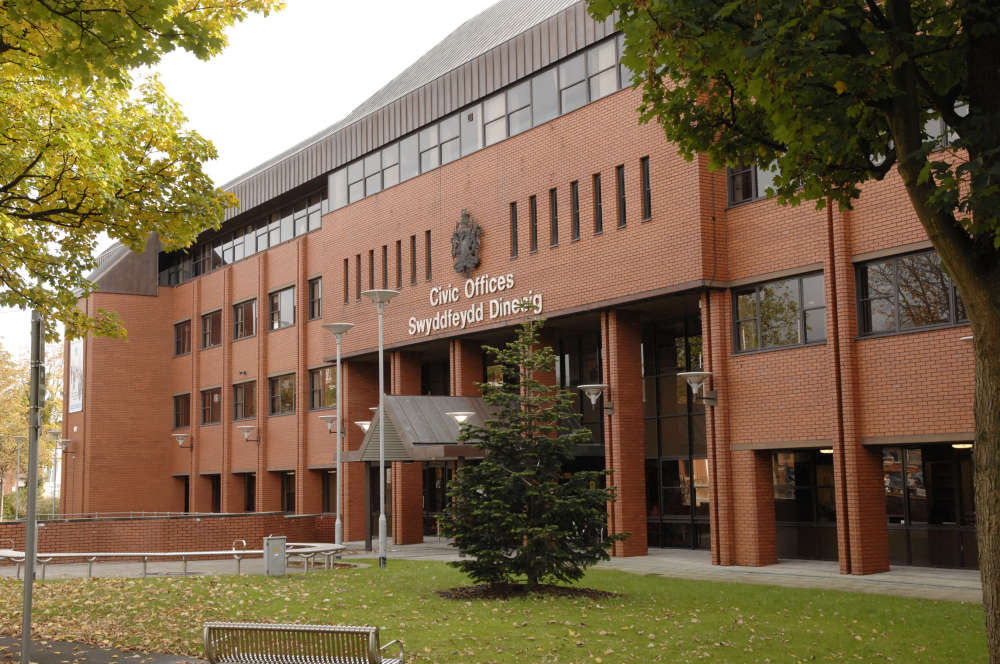 Councillors call for flying ring frisbee ban
Councillors call for flying ring frisbee ban
 Vehicles damaged in Cardiff Bay
Vehicles damaged in Cardiff Bay
 Appeal for missing Llantwit teenager
Appeal for missing Llantwit teenager
 Welsh independence: 6,000 march on Barry
Welsh independence: 6,000 march on Barry
 Van passenger in hospital after Barry collision
Van passenger in hospital after Barry collision
 Barry housing plans facing consultation
Barry housing plans facing consultation
 Indy campaigners prepare for Barry march
Indy campaigners prepare for Barry march
 Marie Curie supporters to run Vale marathon
Marie Curie supporters to run Vale marathon
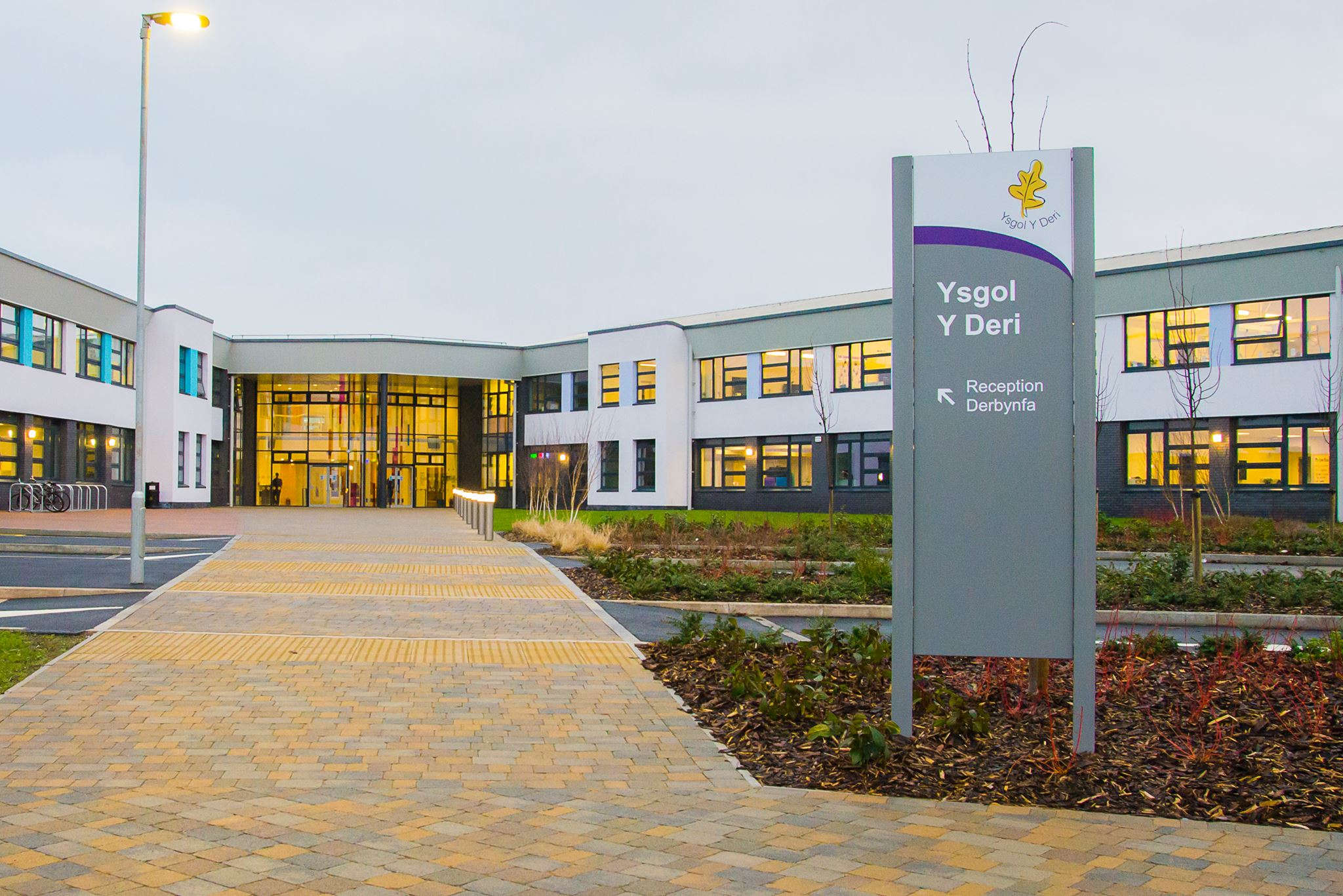 Inspectors' praise for Ysgol y Deri
Inspectors' praise for Ysgol y Deri
 Mayor to host Bank Holiday craft market
Mayor to host Bank Holiday craft market
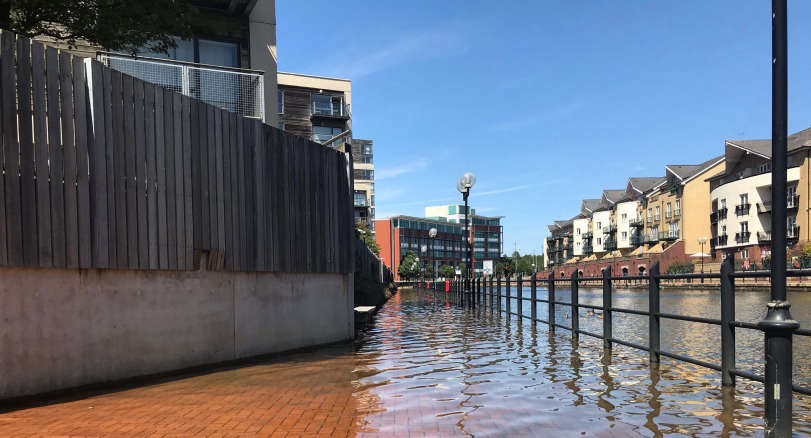 Flat residents still waiting for fire safety works
Flat residents still waiting for fire safety works
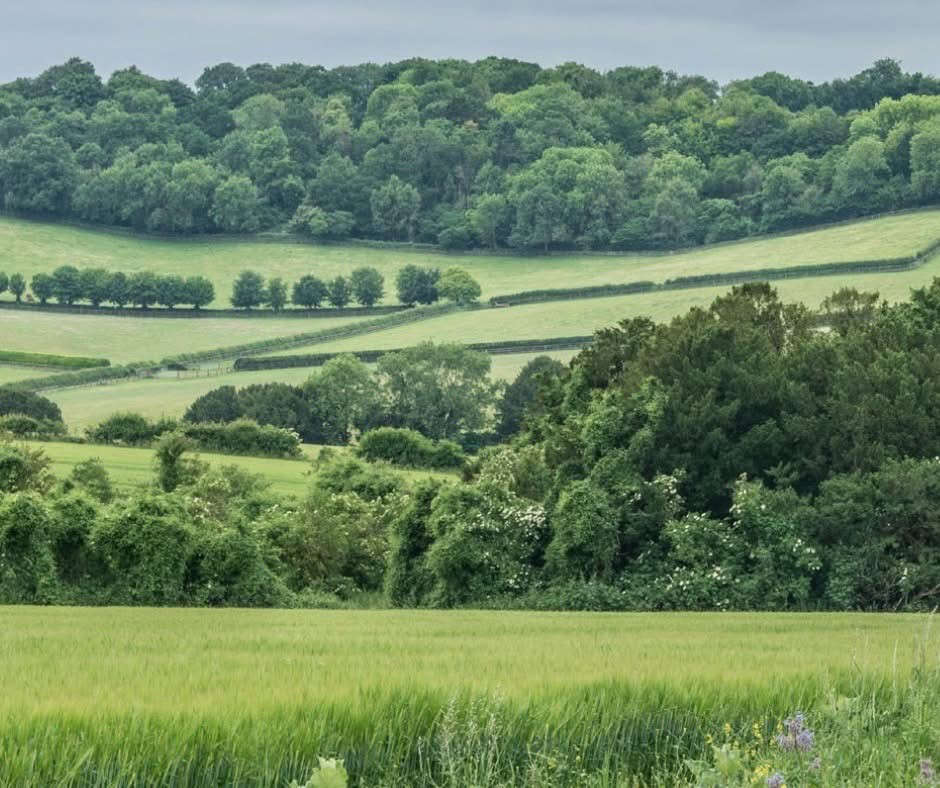 Authorities launch climate and nature charter
Authorities launch climate and nature charter
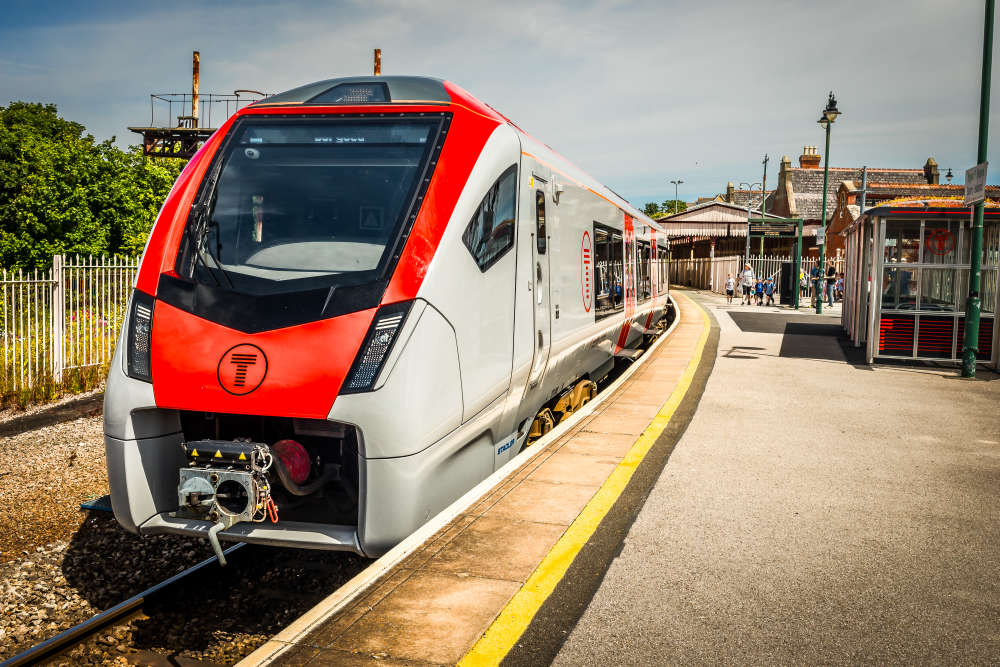 Local trains resume amid bridge disruption
Local trains resume amid bridge disruption
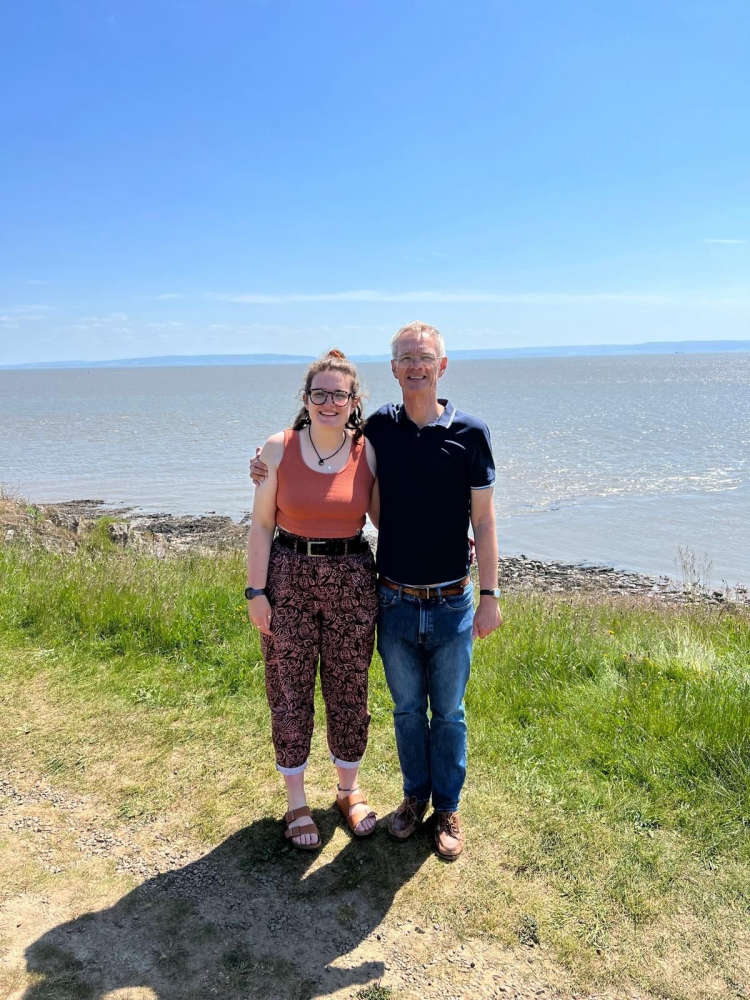 Dad to run London Marathon for RNLI
Dad to run London Marathon for RNLI
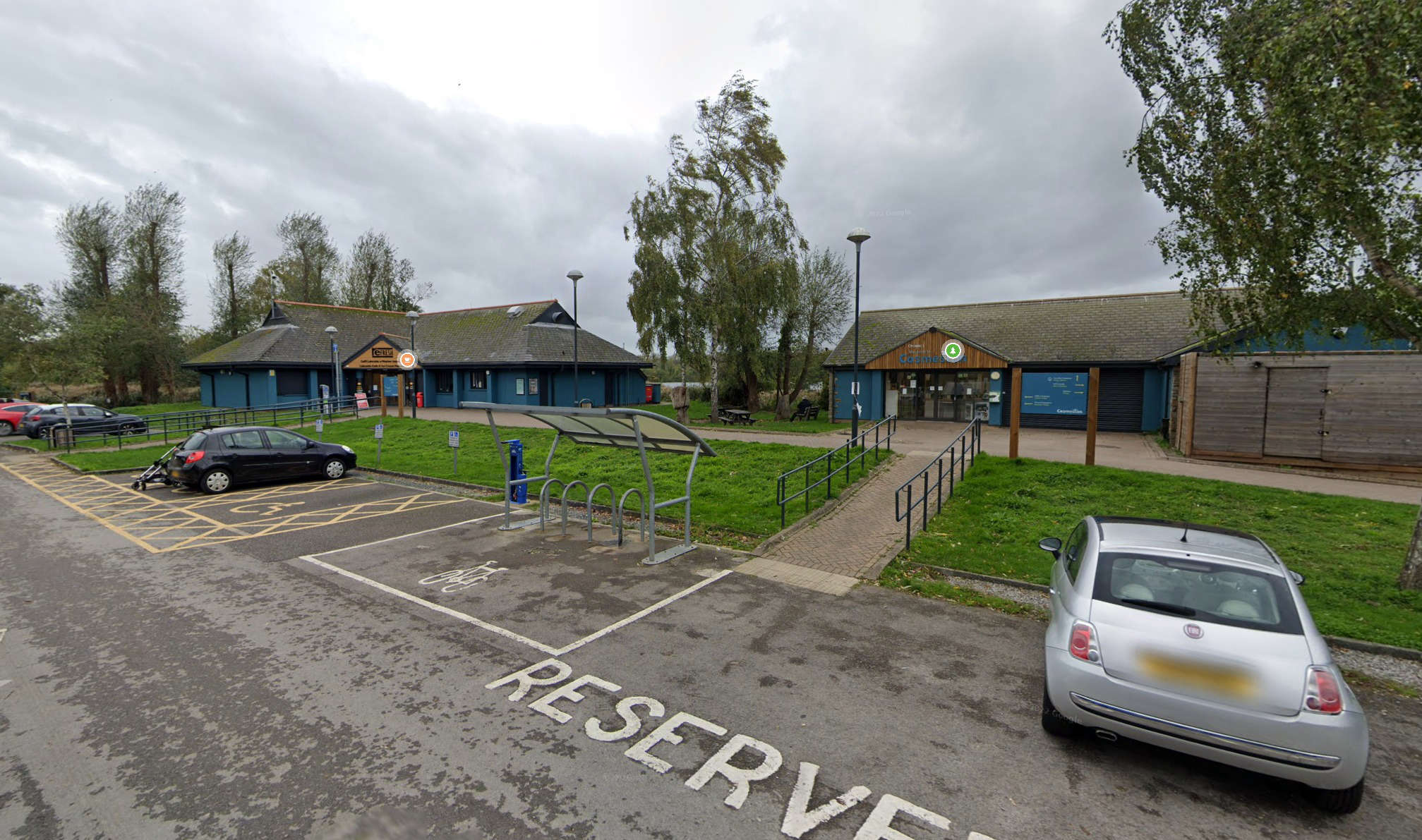 Council criticised after Green Flag withdrawal
Council criticised after Green Flag withdrawal
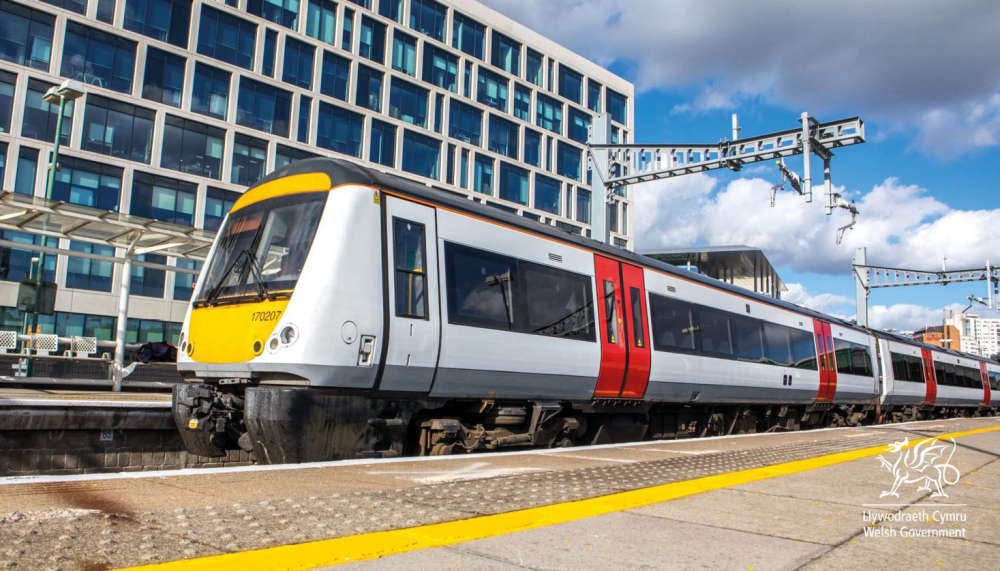 'Urgent' bridge repairs hits Easter rail services
'Urgent' bridge repairs hits Easter rail services







